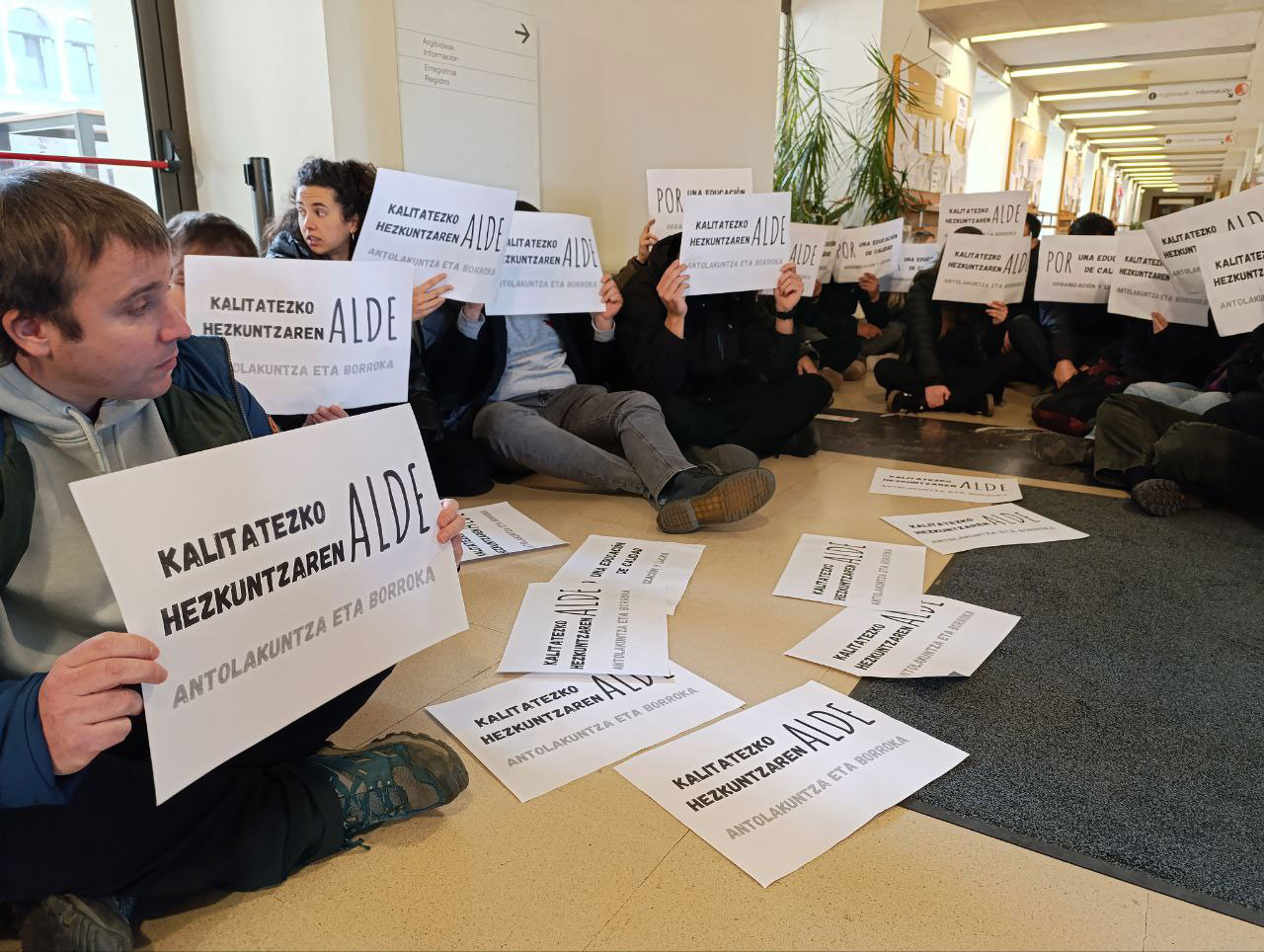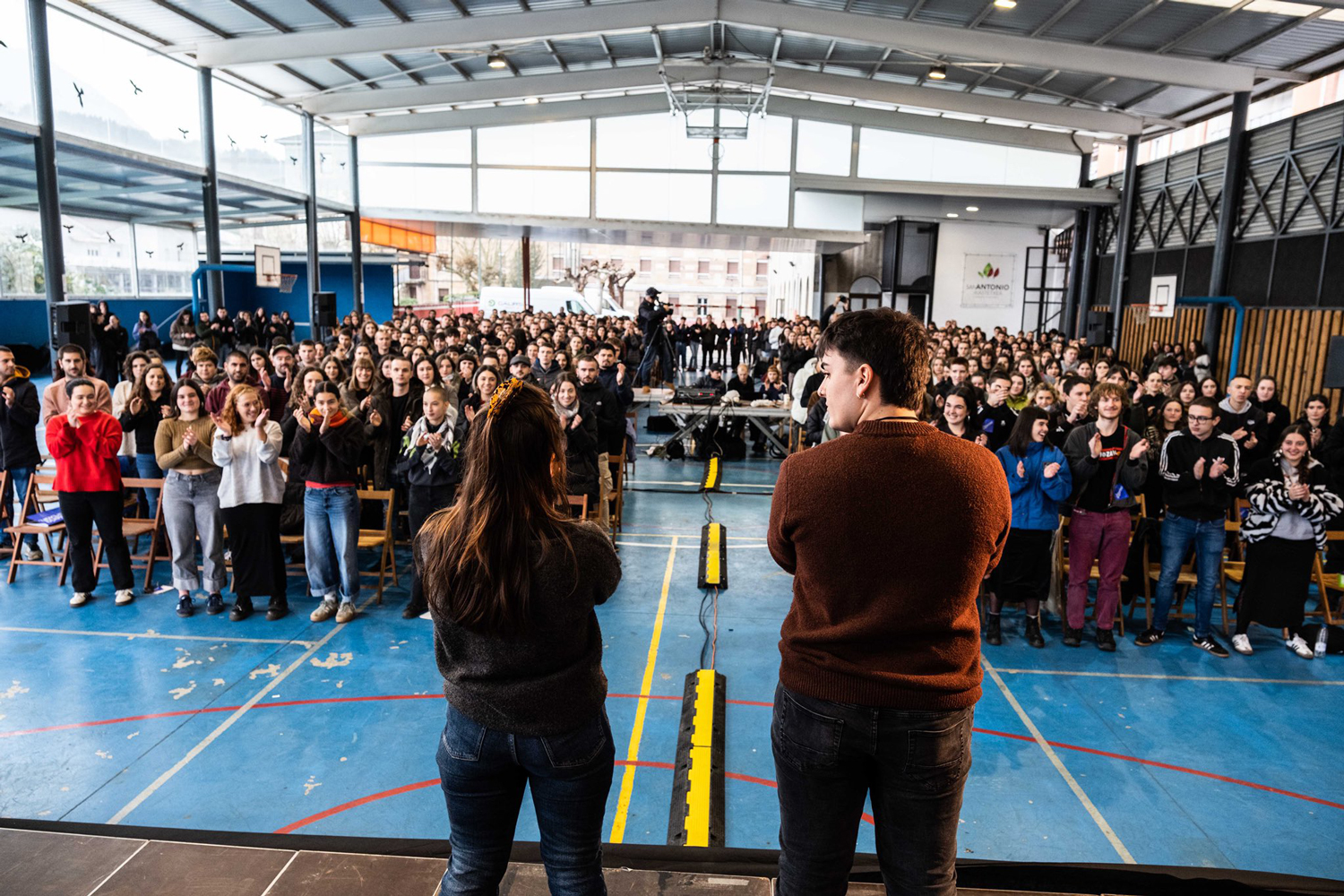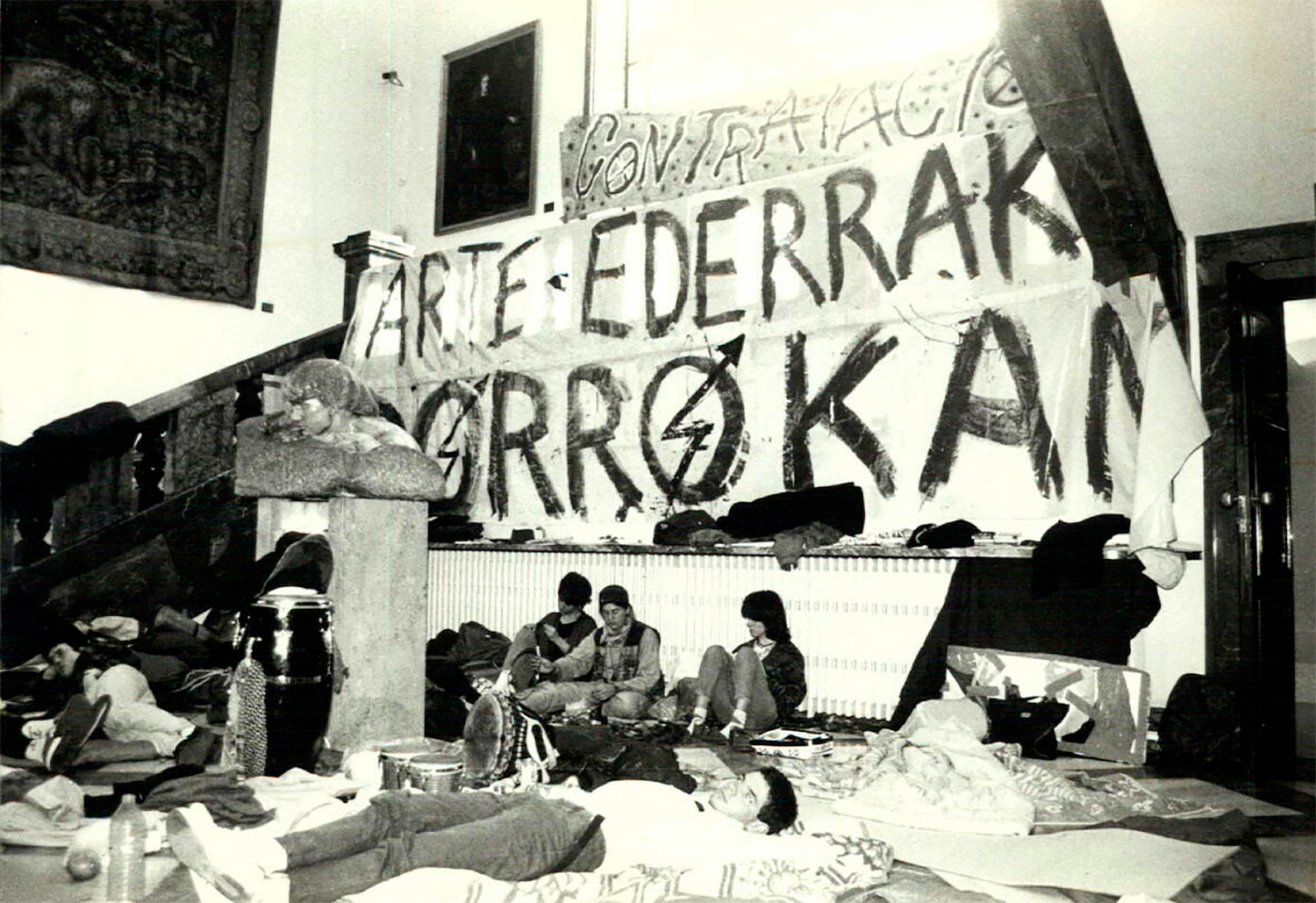Students and teachers juicing ICTs
- Under the name of IKT for knowledge, the third edition of the Euskarabildua Conference was held at the San Telmo Museum in Donostia. This year there has been talk about the possible involvement of ICT in education and experts from different areas and territories have been brought to the microphone.
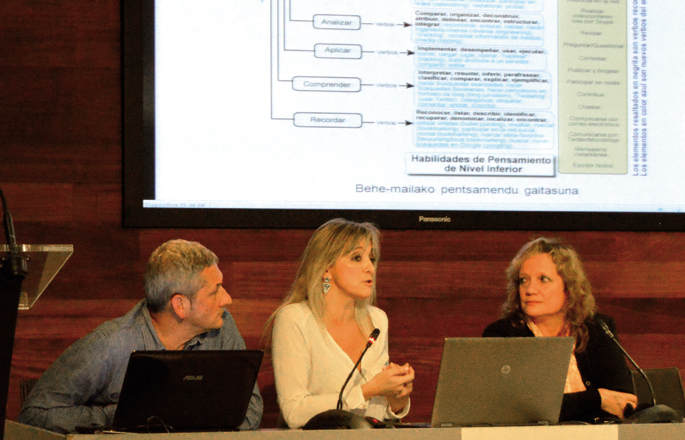
Not abusing new technologies is easy to fall into a whirlwind. However, there are those who wish to take advantage of the benefits of innovations, including education. This was the basis of this year’s Euskarabildua Conference: To promote the exposure and exploitation of the benefits of Information and Communication Technologies to education. In the following lines we collect examples of the use of ICT offered by Maite Goñi, a professor of Mondragon Unibertsitatea and Jakintza Ikastola:
Technology should be used to look at teaching with other eyes, to improve pedagogy. The role of the teacher is very questioned, if he is limited to giving information does not contribute much, as the student has much more information available on the Internet. On-line teaching will develop a great deal over the next five years.
Working in the cloud
It gives us the opportunity to work as a team, to receive feedback from everyone, rather than being each on your computer. Privacy and security are at stake, “we’re marrying Google.”
Proper use of mobiles
Mobile use is prohibited in all schools. But the phone can be very useful to consult information at any time, document exits in photos, etc… Tablets can also be very useful to take notes, etc.
Moving from game mechanics to education
To pose challenges with exercises to pass “on level”. Replacement of a cold recognition number by an image or medal system. Creativity and teamwork can also be encouraged. There are games to work on the economy: You are the Prime Minister of the United Kingdom and you have to make global decisions and manage their consequences… You also have to work on respect for nature.
Revolutionize the class
The professor gives explanations. But you can do it differently: they record and see the students before they go to school and then they come to school to ask questions about that knowledge, to do exercises… It can be a good way for those who have to listen to the explanation more than once to have the opportunity to do it, while others don’t get bored. In the current system, at school we come to give an explanation and then at home private parents or teachers do the second task.
Digital competence of teachers
The key is to know different pedagogical models. The concern is how to integrate technology. Writing by computer is the same as before. If we introduce comments, or create a text collectively, or share it with other centers, we are working on other dimensions. We teachers need to be strong in our training. The important thing is that everyone has the ability to detect their own deficiencies and where to learn, today we have countless free options on the network: videos, courses…
On-line teaching
They are used for students who are currently sick and have some disability. But also among parents who decide to go to school at home.
What should we base learning on?
At a round table with the Inspector of Education of the Generalitat de Catalunya, Neus Lorenzo, Goñi raised a key issue: “We often base learning on memory. But we can also rely on understanding, application capacity and creativity.”
In answer to the question about the degree of development of Euskera in the network, he pointed out that: “On the one hand we see that we need to improve the recognition of the voices and there we need to do investment and work. On the other hand, the more tools are used in Basque, the more they will develop”.
Hizkuntzen irakaskuntzan IKTek duten esku-hartzea erakusten duen adibidea da Iametzaren Ikuslang proiektua. IKA euskaltegiarekin eta Vicomtech-IK4 zentro teknologikoarekin elkarlanean bideratutako software librea da, eta ikus-entzunezkoak baliatuz euskara ikasi eta irakasteko programa da. Landu nahi den arloaren inguruko ariketak sortu daitezke, ikasleek egiten dituzten ariketen jarraipena egin dezake irakasleak, eta hipertranskribapena aplikazioa aurkeztu zuten berrikuntza moduan: hitz transkribatua eta bideoko denbora lotzen ditu. Alegia, bideoa erakusten du, eta aldamenean transkribaketa osoa (testua) jartzen du ikusgai. Ikasleak testuko edozein hitz klikatuta, bideoa zati horretara joaten da unean bertan.
Askotan, aipatu zuten Iametzako kide Iker Olkoz eta Asier Iturraldek, ikasleen arazoa izaten da ikasten ari diren hizkuntza lau pareta artera mugatzen dutela, eta tresna berri honekin, diote hizlariek, aukera ematen zaio beste eszenatoki batean ere hizkuntza ikasten jarraitzeko era dinamiko batean.
Baina ez da praktikan jarritako eta Euskarabildua jardunaldietan aurkeztu zen adibide bakarra izan. Deusto Tech-eko Mari Luz Guenagak Clip Flair hizkuntzak ikasteko web plataforma azaldu zuen. Kasu honetan ere multimedia baliabideak erabiltzen dira eta sortutako ariketak erabili zein beharren arabera berriak sortzea ahalbidetzen du. 15 hizkuntzatan dago eta azpititulazio eta bikoizketarekin hizkuntzak ikasteko tresna izatea da helburua. Plataforma 1.500 erabiltzaileetako komunitateak osatzen du, eta aukera dago komunitate horren barruan talde txikiak sortzeko.







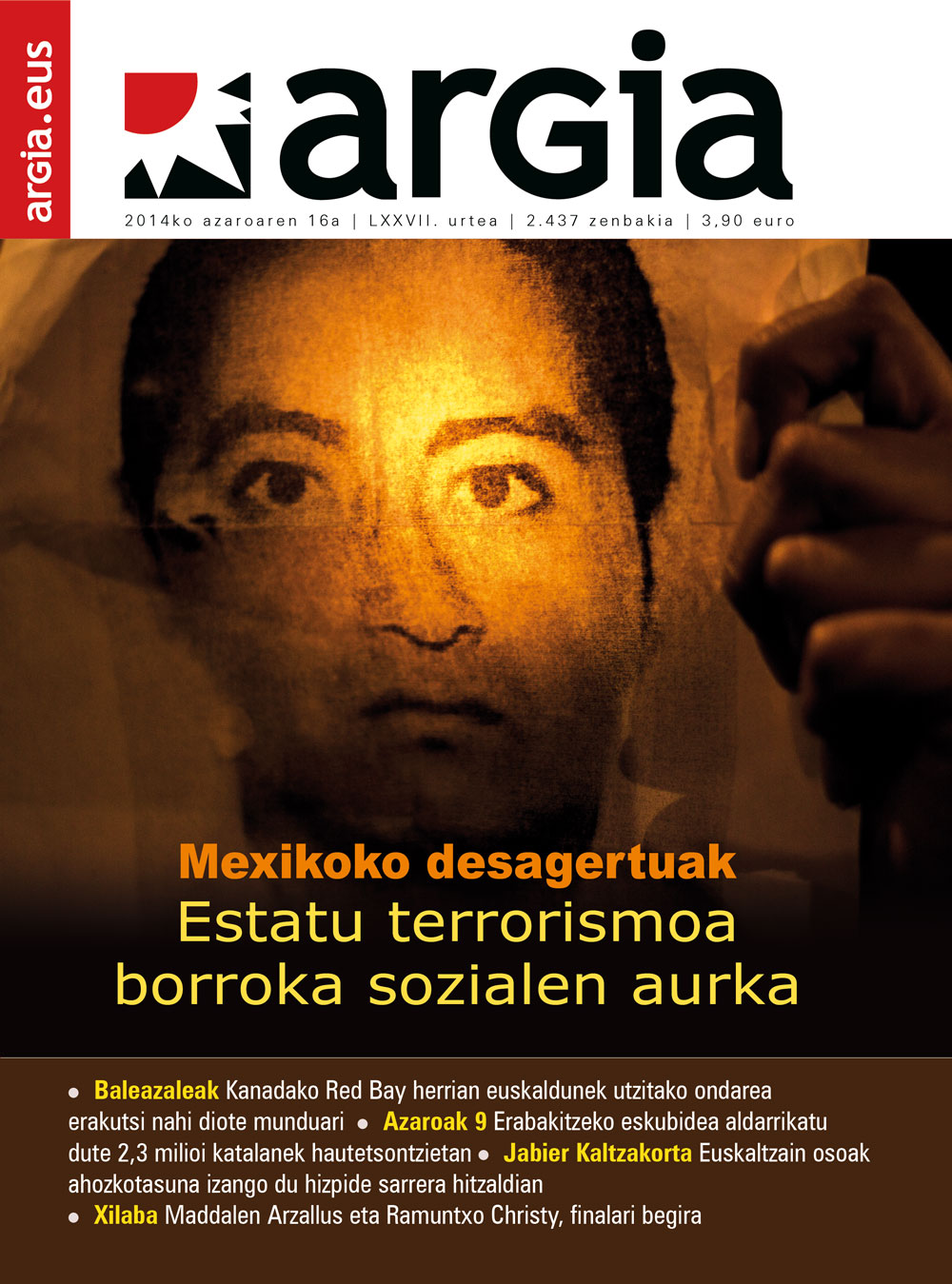


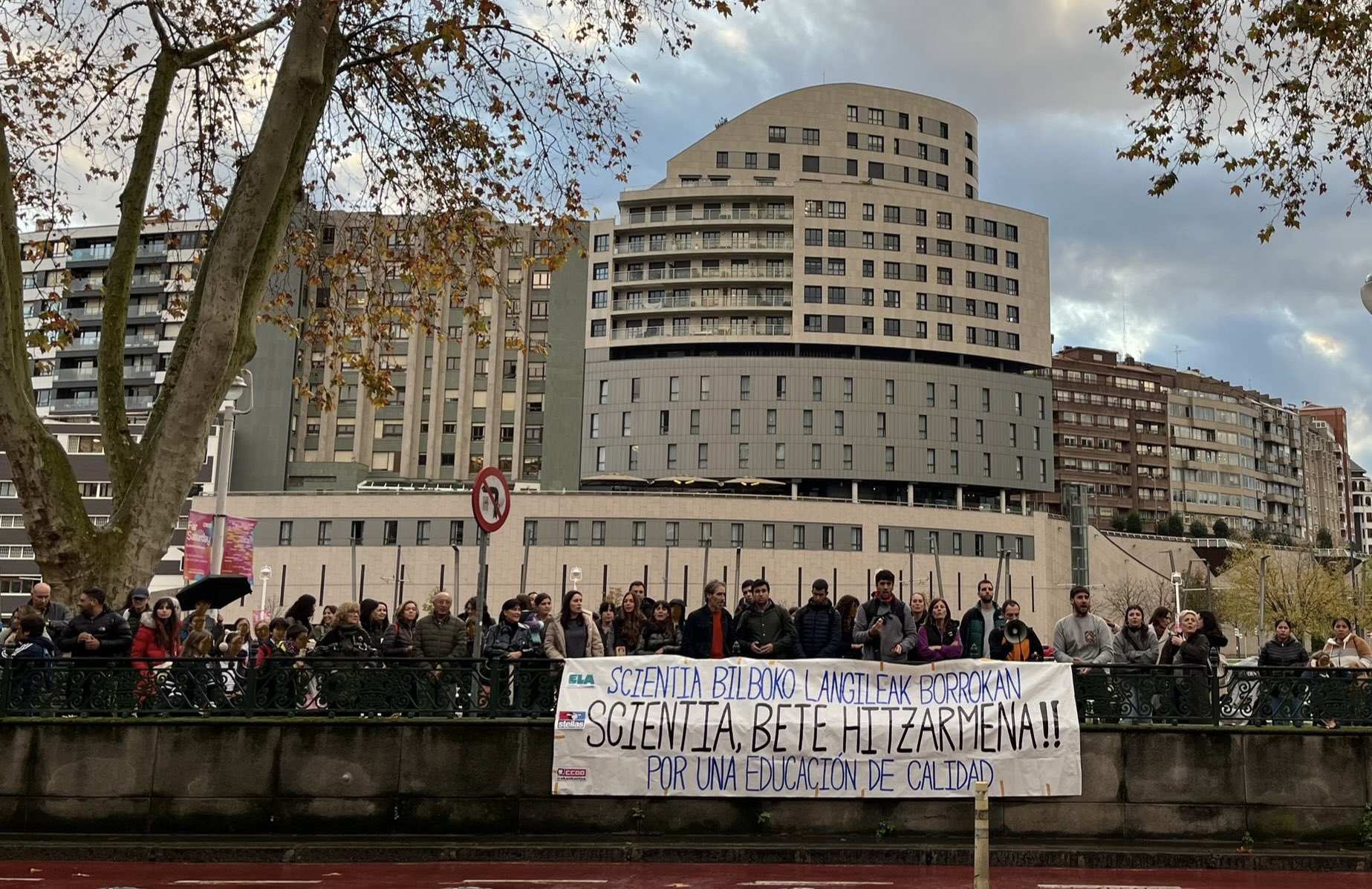

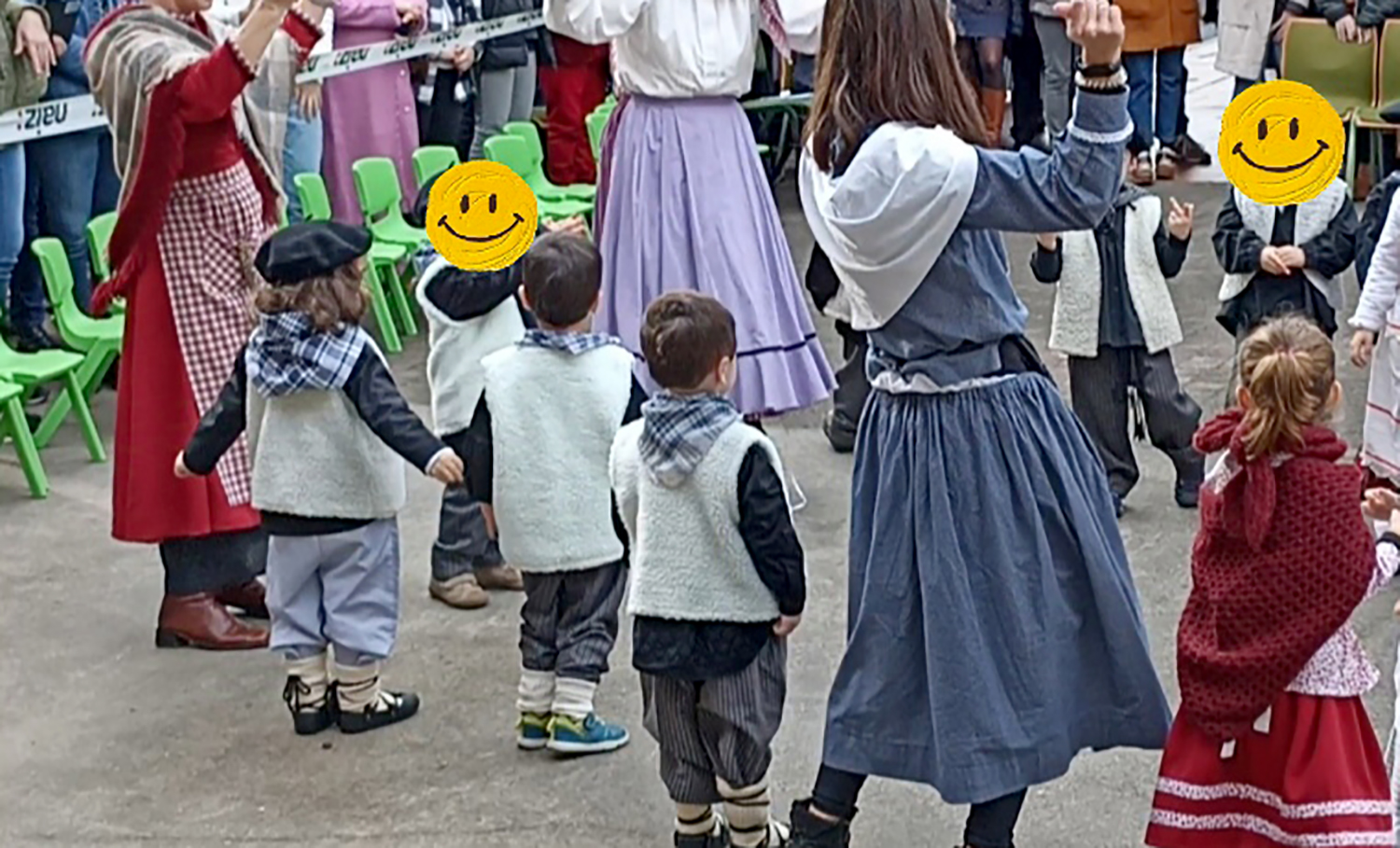
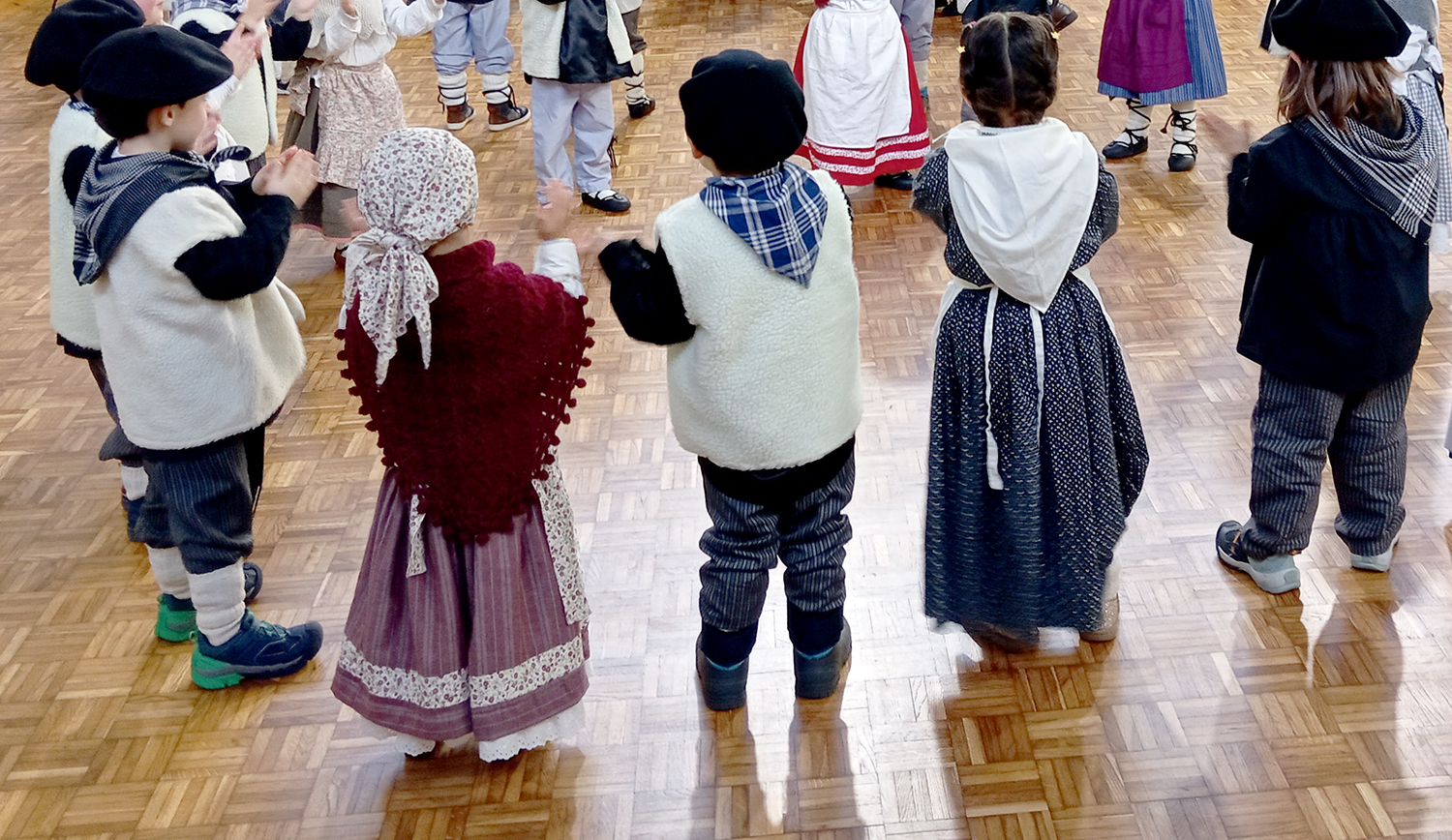
.jpg)
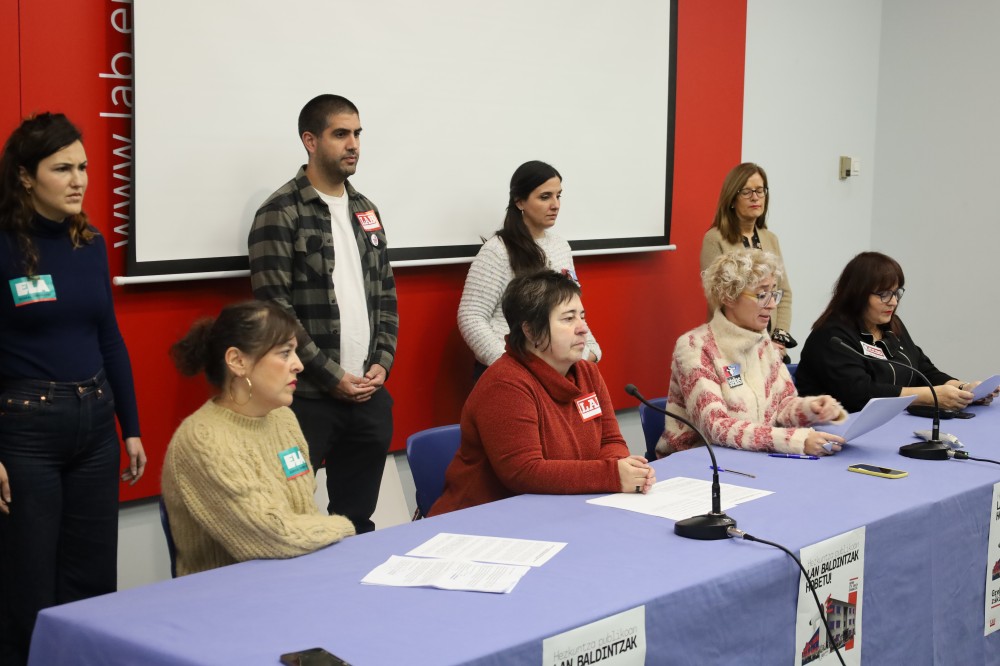
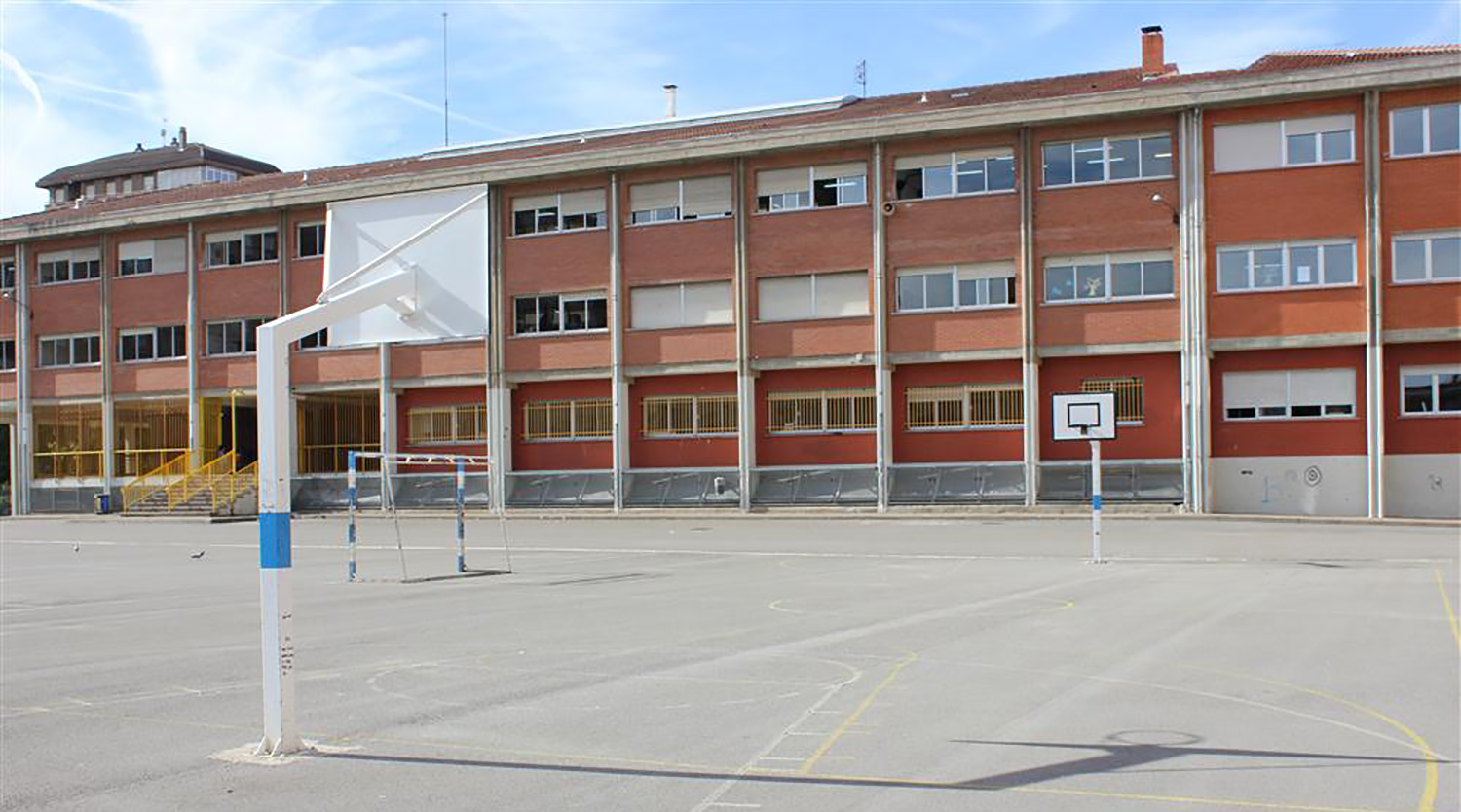
.jpg)
